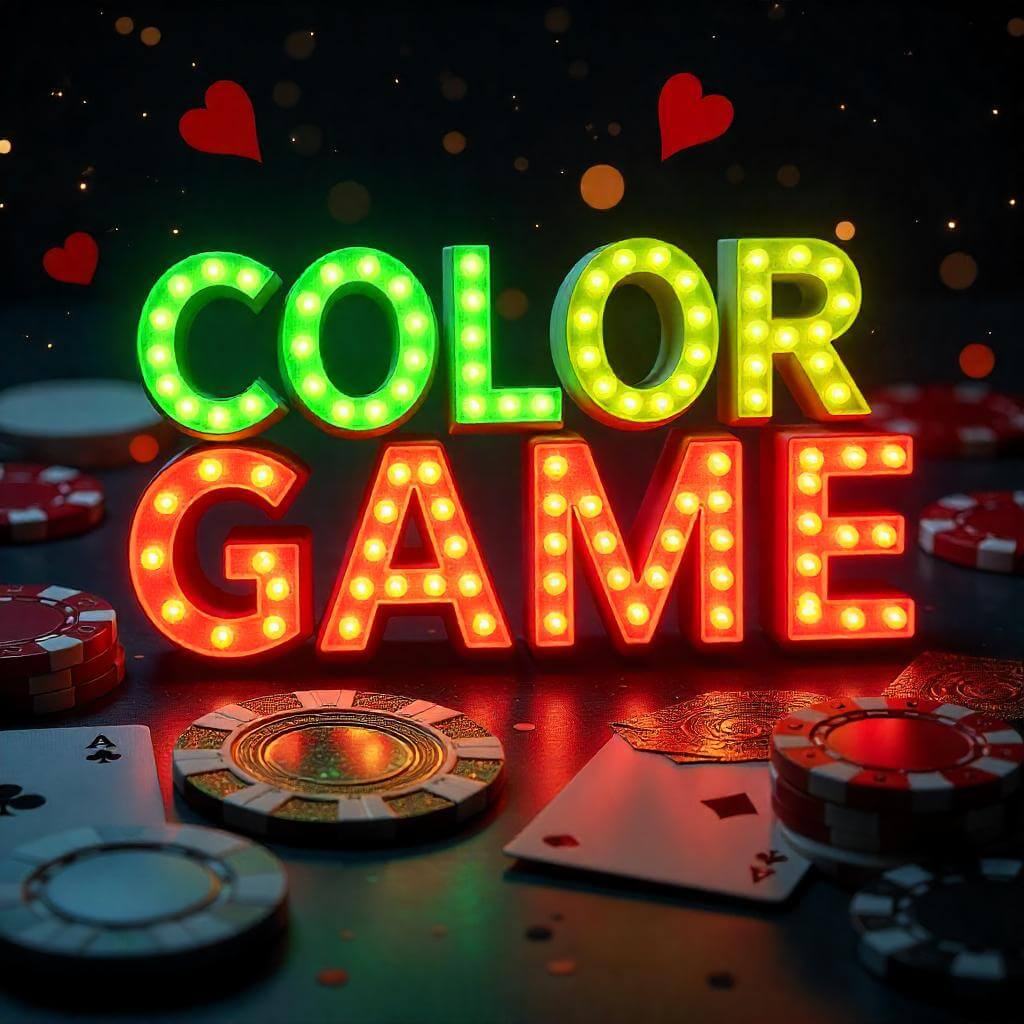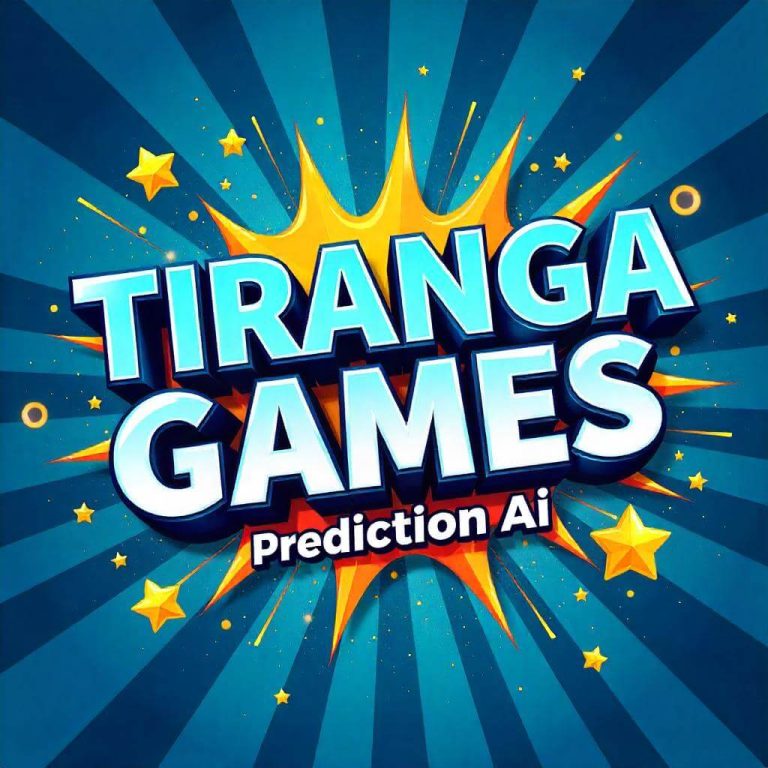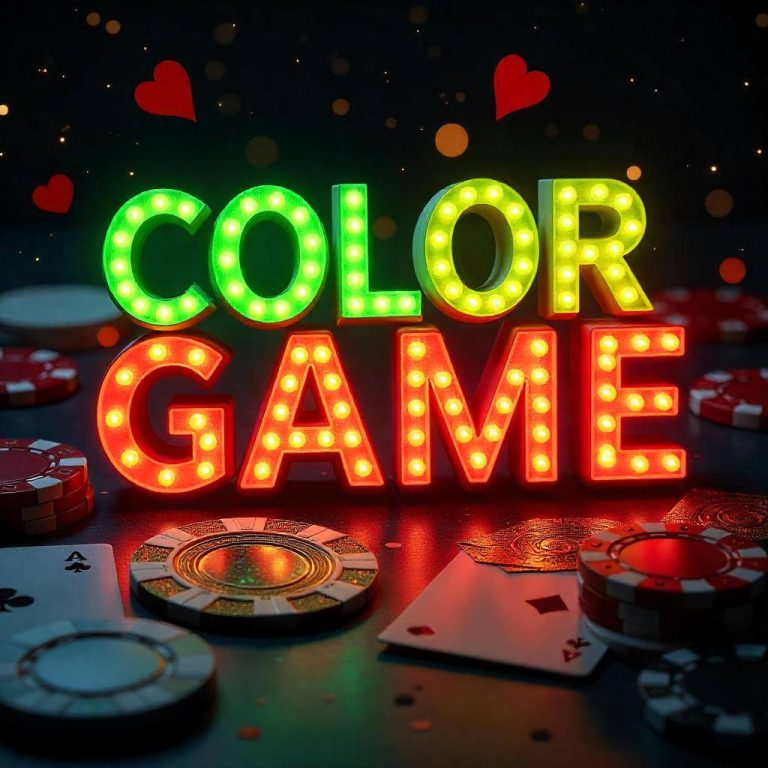
In the realm of online games, psychology blends seamlessly with fun in “Colour Game 2025.” This novel prediction and trading game where players select colors serves more than just a purpose of testing luck. It analyzes human decision-making processes. By studying how players use colors as clues, every player will surprise themselves with how much information about risk aversion, biases, and strategic thinking they hold. In this article, we analyze the Colour Game 2025 and why player actions are crucial in determining the gamification of decision making.
What is Colour Game 2025?
Colour Game 2025 is an interactive online game in which players predict game results using color cues, usually choosing between red and green. Like other prediction or trading games, players make color-based predictions in extremely short timeframes, which come with substantial financial gains or losses. The primary user interface is straightforward, and players can easily complete rounds, which adds attraction to the game, but there is an ever-elusive complexity in decision-making.
The game’s attractiveness derives from its interplay between chance and strategy. Even though strategies might seem random, players develop sophisticated algorithms for selecting colors based on heuristics or statistical analysis. That blend of randomness with strategic player decision-making has remarkable potential for the study of human decisions in situations of uncertainty.
Colors and Their Psychological Importance
Colors have much more salient association with a person’s thoughts and their feelings than mere visual elements. Research shows that specific colors can be related to certain emotions – red generally indicates urgency, danger, and intense phenomena while green denotes safety, growth, and achievement.
This subconscious knowledge could also be a factor in the way participants approach decisions with or without deliberation in Association Colour Game 2025. A player might have a higher tendency to optimize for green due to caution or seek red when looking to swing for the fences. Considering these feelings helps explain why people choose some colors over the others even when the chances are objectively equal.
Rational Decisions Under Risk
Association Colour Game 2025 challenges the efficiency of the game participants with regard to risk management. Each round has different set of alternatives with hoping for varying outcomes. The game simulates the circumstances where choices are bound by limited knowledge and time; a characteristic of most financial trades, gambling, or even day-to-day activities.
Behavioral economics sheds light on these decisions with theories like loss aversion, or when losses feel more significant than gains. We can also see overconfidence bias in action. Some players may consistently avoid betting on red to minimize risk, while others pick red outcomes to chase bigger payouts.
When analyzing game data, trends suggest themselves when considering how each individual’s preferences for risk are impacted by time, previous wins or losses, and how those preferences adapt over time.
Cognitive Bias and Pattern Recognition
What is particularly interesting about Colour Game 2025 is players trying to recognize patterns in what is essentially an ever-changing random sequence of colors. Similarly, people perceive meaningful connections in data that is unrelated to one another, which is referred to as apophenia.
Players might try tracking the color of the previous round, which will allow them to base the next step on guessed patterns by creating cascading strategies based on perceived winning streaks or “hot” colors. This approach could be seen as effective in the short term due to randomness, but will likely become overly confident and reckless.
In effect, this game illustrates the phenomenon of order-seeking behavior, or the human tendency to search for patterns in what is actually chaotic. The Colour Game highlights the need to reinforce probability literacy in a world stricken by overconfidence and the gambler’s fallacy.
The Role of Speed and Pressure
Each of Colour Game 2025’s rounds has a very short time limit which makes them more challenging. Players must think on their feet, assess the situation, and act immediately, similar to what happens in life-and-death situations such as emergency response or stock market trading.
Decisions are made straight from the gut when under extreme pressure, not based on reason. Using fMRI technology to analyze the player’s brain, the game analyzes decision-making and judgment under stress, instincts versus learned techniques. There is much to learn observing how players succeed and fail due to being pressed for time relating to intuition and logical reasoning.
Social and Competitive Dynamics
While Colour Game 2025 can be played solo, many platforms feature added leaderboards and social elements which allow the game to be played in multiplayer mode. The newly implemented feedback loops change the social dynamics of the game by introducing external motivators as a competition.
Increased risk-taking behavior to advance on the rankings or copy-paste strategies from others to achieve the same level of success becomes prevalent. Biases like herd behavior these days are associated with social influence. People fall to the majority of crowds even when they disregard their own reasoning.
Examining these social dynamics helps us understand group-based individual behavior which undoubtedly interests psychologists and behavioral economists.
Implications Beyond Gaming
The information acquired from players’ choices in Colour Game 2025 has implications above mere enjoyment. The analysis of decision-making processes in the face of uncertainty is useful in finance, marketing, policy-making, and even education.
For example, financial advisors can create better diagnostic tools by understanding the common biases highlighted in the game. Even marketers can focus their campaigns on color-emotional associations. Educators can devise lectures which refer to gaming behavior to explain concepts of critical thinking and probability.
Additionally, the game draws attention to the mechanics of online platforms that can be considered gambling to some degree. The goals also encourage responsible participation.
Tips For Players: Smarter Choices
If you are interested in the Colour Game 2025, these strategies could help you with your self-imposed decision-making.
Understanding Odds: Always assume outcomes are random as success does not guarantee a successfully repeating pattern.
Risk Control: Limit and prevent chasing streaks.
Staying Calm: Avoid making hasty choices under pressure.
Learn from Data: With every decision, record the results to help better the plan’s structure.
Be Aware of Bias: Understand that emotions, cognitive biases, and other factors can influence decisions.

Conclusion
Colour Game 2025 is an adrenaline surging outlook challenge and one more enthralling game, however it is truly a deep insight into man’s mind. By selection of color, players show how they deal with different stages of risk, emotions, social pressure and pure randomness. This psycho-social game illustrates the immense psychological and strategic risk factors that are involved in decision-making.
Colour Game 2025 and other games like it serve as behavioral research tools as technology advances. Whether you indulge for leisure or professionally analyze it, the game provides important insights on how people make choices based on color in the context of life and leisure.




